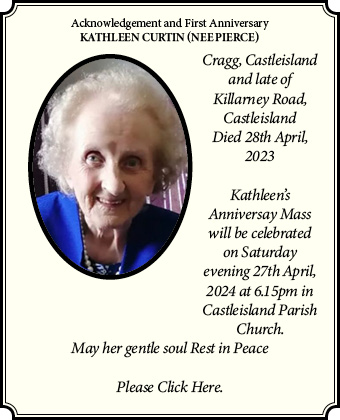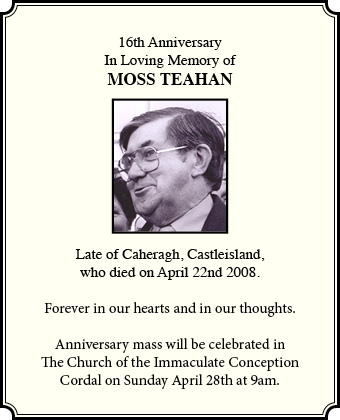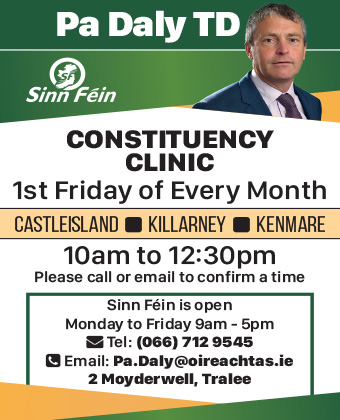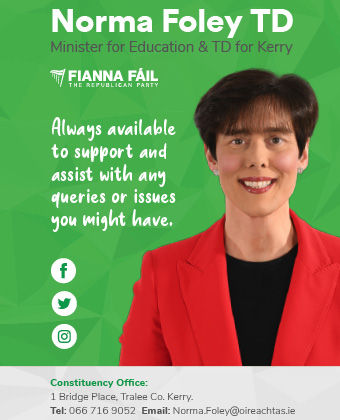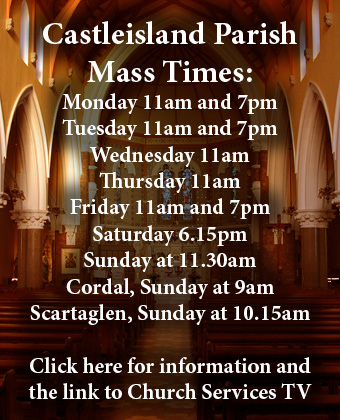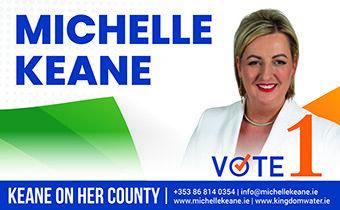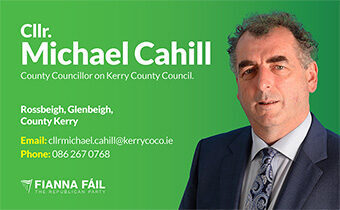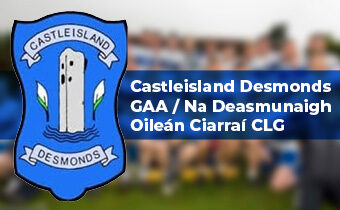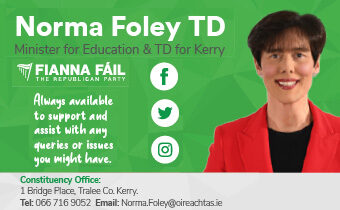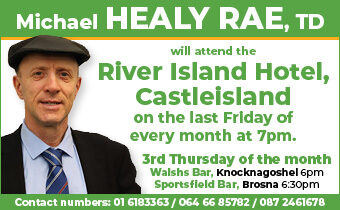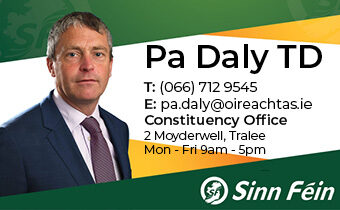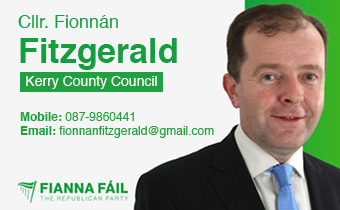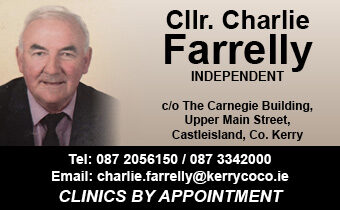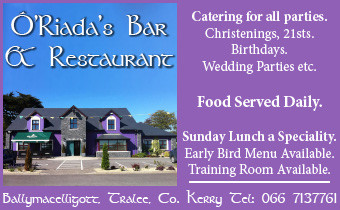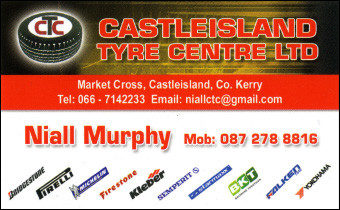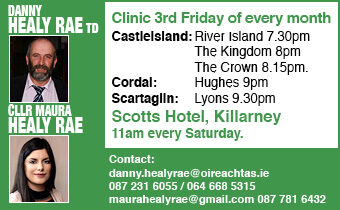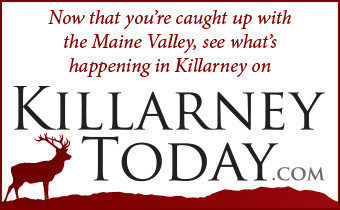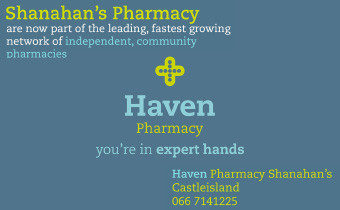
©Photograph: John Reidy 17/09/2002
Maybe it’s because so many people have been talking about revival plans for Castleisland recently that Con Houlihan’s Herculean efforts in promoting his native town came to mind.
I’ll write it as Castle Island for the purpose of this piece – if you don’t mind and in deference to the great man himself of course.
On Thursday night as the hands of the clock headed for 11pm I got a call from Barcelona.
On the phone was Castle Island native, DJ Shanahan and we had a lovely chat. DJ is a brother of the late, Dick Shanahan. He wondered aloud if it would be possible to include an afternoon of readings from the work of the inimitable Con in the coming weekend’s Patrick O’Keeffe Traditional Music Festival. Patrick and Con were great friends in any case and Con said in an interview with Peter Browne that they enjoyed each other’s company. “We used to laugh at the same foolish jokes,” Con told him.
DJ Shanahan had just taken his nose out of Con’s Windfalls. Odd as it may sound, I had just found the beautifully evocative piece Con had written about the magic of a fair day in Castle Island long ago.
This was no ordinary fair day for Con. It was a day on which his first piece of writing for television was to be aired on the fledgling RTV.
I was inspired and prompted by Con’s recollections of his great day in Tom McCarthy’s. I rang the present day Tom McCarthy and told him my Barcelona phone-call story and asked him if he’d facilitate the ‘reading afternoon’ on his premises.
His response was more than positive and he told me he’d facilitate the event in any way he can.
The readings are set for 3pm on Sunday afternoon, October 26th in the kitchen at the back of the bar and all will be made welcome.
An idea for an event also came to mind in the course of that shower of inspiration. It is worryingly simple. It would involve the entire community and all ages. It would invoke a natural curiosity and invite a nationwide spotlight on the town.
But that’s powder to keep dry for another day and I’d need the courage of a few pints to reveal it to anyone.
The following is the wonderfully evocative piece of Con’s as he recalled that very special day in his life.
“It is as if it happened this afternoon. And you would feel the same: it was my debut as a writer on television and as the hour approached it made me sick with apprehension — it might go well or it might be a total disaster.
Being present at the final cutting was a bit confusing and my fear was that it would be even more so to the audience.
All this happened in the early days in Irish television. Sean O’Mordha was very much involved in Teilifis Scoile and he asked me to do a piece about An Gearrsceal. We set about the work with the enthusiasm of Christopher Columbus and his crew as they started out to find a new world. Television was then very much a new world to us.
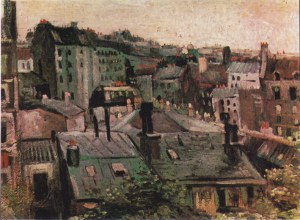
I loved French writing and Guy de Maupassant excelled in the short story and my plan was to write my piece around him. Then I loved Impressionist painting and hoped that the pieces by de Maupassant and by some of the Impressionists would go well together.
It was a fair day in Castle Island and by midday most people, including myself, had their work done.
The programme was timed for noon. Believe me or not, I had told nobody about it and intended to watch it on my own in Tom McCarthy’s pub which had one of the few television sets in the town.
By about 11.45, I was ensconced in my favourite seat and, even though it was a busy fair, was surprised to see so many people in the pub. Little did I know — the word had got around and my debut was to have a big audience. I didn’t know whether to be pleased or embarrassed.
The minutes moved slowly to midday and then for the first time ever I saw my name on the screen — An Gearrsceal le Con Houlihan. There was an audience of about 100 people. They were nearly all young men and there were a few girls.
The script was in Irish but almost all of them weren’t long out of secondary school and they had a fair knowledge of the old language. And for good measure I had written a very simple script. I still do — it’s the only way I know. You write as if talking to a few friends and thus the mighty film came across.
All the people present understood almost every word but that wasn’t the real merit of the little film. It was illustrated by many Impressionist paintings. Many of the audience, through no fault of their own, were seeing good paintings for the first time.
There was a gasp of delight and astonishment when Van Gogh’s painting of Paris at night from a terrace high up in Montmartre came into our vision. It is a wonderful painting and Vincent, God rest him, found an appreciative audience in a little town in the south west of Ireland. Then there was Utrillo’s paintings of the roofs of Paris. It was a simple thing but it made the houses almost familiar. Manet’s Girl In The Bar Of The Olympia is one of my great favourites: as well as being a superb painting, it evokes all kinds of thoughts about the mentality of the people it portrays.
All this was new to most of my audience and it was new to me in the sense that I had never before seen those paintings so well represented as on Teilifis Eireann’s screen. It was a new sensation and it confirmed my belief that on television the images should be the more important. The words should be an accompaniment.
And it made me feel like a pioneer who was spreading a new gospel. At the end there was an ovation that couldn’t have been greater if I had scored a goal for Kerry to win an All-Ireland. It was a day that I will long remember. My next appearance on television was an attempt to capture something of the atmosphere and character of the country around Castle Island. In the meantime, I had often been on radio working with a congenial spirit, Aindreas O’Gallchoir.
We worked together on a radio programme called The Heart of the Kingdom. It was a neat job of work and went down very well. Then I made a television film with a director called Pat O’Connor, who was on the brink of going to great fame.
He was a very easy man to work with. The film was called The Wheels Of The World: it showed a fair day in Castle Island. We were all pleased with it.
Those jobs of work were only about 20 minutes in length. Since then there has been work on long documentaries, and I was not always happy with the finished work because when you are working with a director, he may have his own intuitions and they may not coincide with yours. That is life. Nobody is infallible and we have to listen to other people’s concepts and intuitions.
That morning in Castle Island when the documentary was shown will always stay with me because all our concepts had been illustrated. The film was only partly about the short story. It said far more about Impressionist painting.
It would be wonderful to get a free hand at attempting to express the essence of life in my own town. To do that is nearly impossible. There are always colleagues who like to go their own way. It would fulfil a dream to make an evocation of life in that town in the course of one day. My endeavour would be to make it far more honest than Ulysses and it would possibly make me immortal, kind of.”




